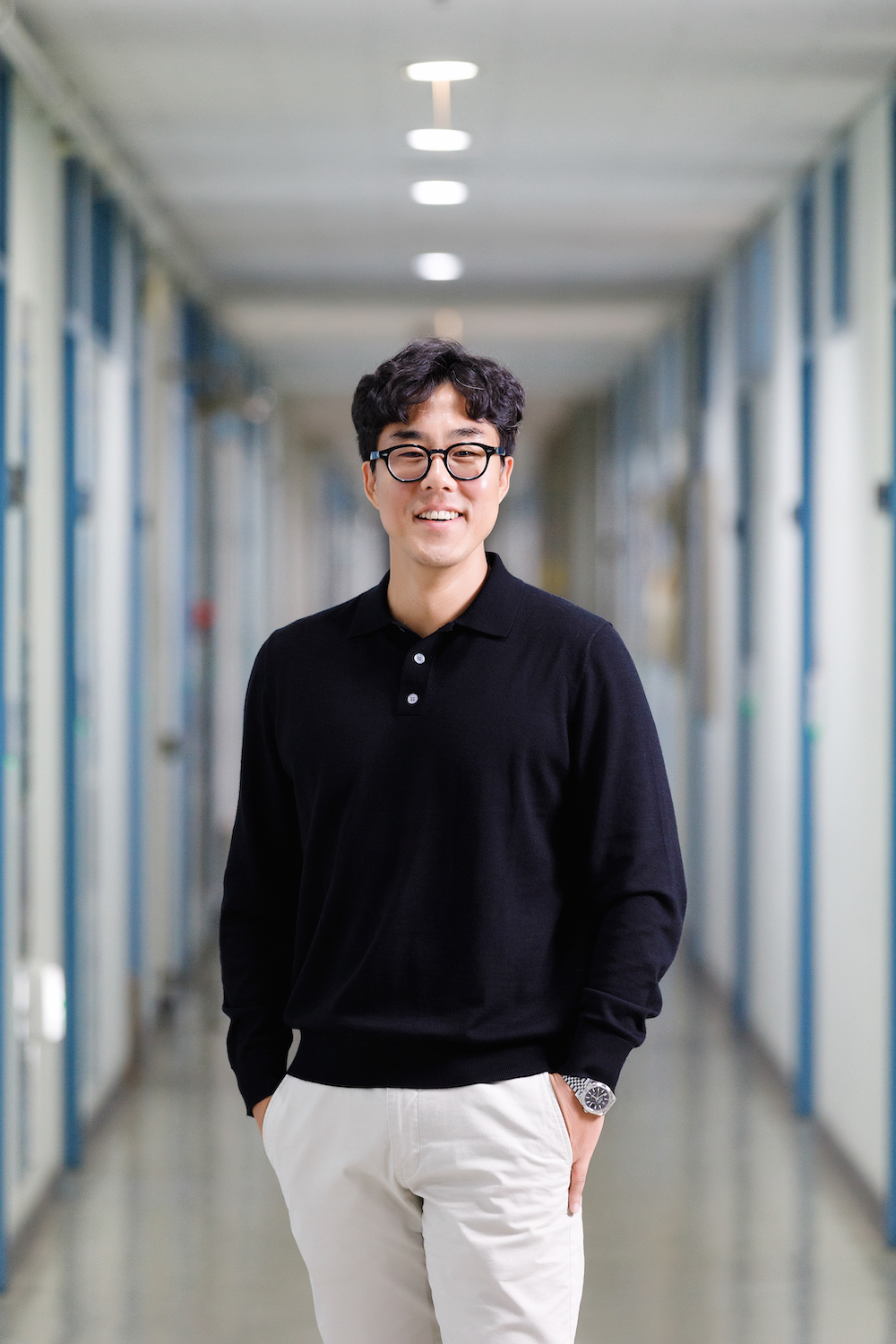Development of "semiconductor research equipment" technology by Professor Lee Han Boram of the Department of New Materials Engineering at Incheon National University and Professor Oh Yoo-kwon of Ajou University. 1.175 billion technology transfer
- 글번호
- 384444
- 작성일
- 2024-03-20
- 수정일
- 2024-03-20
- 작성자
- 홍보팀 (032-835-9490)
- 조회수
- 399
_반도체연구장비_관련_단체사진.jpg)
From left, Professor Oh Yoo-kwon of Ajou University, CEO Jeong Jae-hak of CN1, and Professor Lee Han Boram of Incheon National University
Lee Han-Boram, a professor at Incheon National University, and Oh Yoo-kwon, a professor at Ajou University, developed coating equipment and process technology for electron microscope equipment and transferred the technology to related companies. The total amount of technology transfer is 1.175 billion won.
On the 20th, Incheon National University (President Park Jong-tae) announced that a research team led by Professor Lee Han-boram of Incheon National University and Professor Oh Yoo-kwon of Ajou University jointly developed a three-dimensional conductive coating method and transferred the technology to related companies. This is a method for clear measurement of scanning electron microscope (SEM) and transmission electron microscope (TEM).
The technology developed by the research team is a core technology of pretreatment equipment for the use of electron microscopes. This technique uses an atomic layer deposition process (ALD) that can form a conductive metal thin film on the sample surface at low temperatures below 100°C, allowing the conductive thin film to be coated very thin and uniform even in a three-dimensional structure with many fine irregularities or complexity.
Accordingly, when measuring an electron microscope, a clear microscope image without deterioration or image distortion of the sample surface can be obtained. In addition, there is no need for high-temperature treatment, and there is no fear of sample damage due to heat.
Atomic Layer Deposition (ALD) is a stacking method that builds a film by stacking atomic layers and is attracting attention as the ultimate technology for increasing semiconductor integration.
The technology was transferred to CN1, a company that produces semiconductor research equipment. CN1 (CEO Jeong Jae-hak) is a semiconductor and display equipment company that produces semiconductor atomic layer deposition (ALD) research equipment and has supplied equipment to Korean universities, research institutes, and large companies such as Samsung Electronics.
Founded in 2008, the company has mainly targeted the R&D market in the pre-production stage of semiconductors and is expanding its business to not only semiconductors but also secondary batteries. CN1 is expanding its presence in the global market by entering overseas markets such as the United States, Japan, China, Singapore, and Taiwan, and is silently contributing to localization of equipment in the domestic semiconductor market, which is highly dependent on foreign equipment through constant technology development. The company has achieved results such as designation of promising export small and medium-sized enterprises in 2018, winning the top prize in exports of $1 million in 2019, and obtaining Inno-Biz certification, which was selected as a global small and medium-sized enterprise in 2020.
Professor Lee Han-Boram of Incheon National University said, "This technology is simply a device that allows you to see smaller things more precisely. Therefore, this technology is an important factor technology that will take the semiconductor technology or nanotechnology to the next level, which is reduced in size to nanometers."
Incheon National University is establishing a strategy and support system to build a technology commercialization ecosystem for excellent research results to strengthen technological competitiveness in regional and national industries as a regional base, and based on this, it ranked 30th out of 136 universities nationwide with 1.25 billion won (77 cases) in technology transfer revenue in 2022. This technology transfer is an achievement created through a close cooperation system between the two universities and the "2023 Open-Lab Promotion Support Project for Regional Industrial-Linked Universities."
[Reference]
_이한보람교수_반도체연구장비_관련_1.jpg)
Left (top and bottom) image : The appearance of electron microscope pretreatment equipment with coating equipment and process technology transferred by the joint research team. Using this technique, it is possible to obtain a clear microscopic image without deterioration or image distortion of the sample surface, and there is no fear of sample damage due to high temperature
Right (top, bottom) image : The process of atomic layer deposition (ALD) confirmed by the joint research team through experiments. Based on the technology developed this time, it was confirmed that the metal thin film step coverage (upper, lower, and side) was excellent in the (above image) atomic layer deposition (ALD) process, (Image below) As a result of checking the scanning electron microscope (SEM) image that carried out the atomic layer deposition (ALD) process, it was confirmed that metal thin film coating was possible even in organic materials(An enlarged view of a below is b below).
